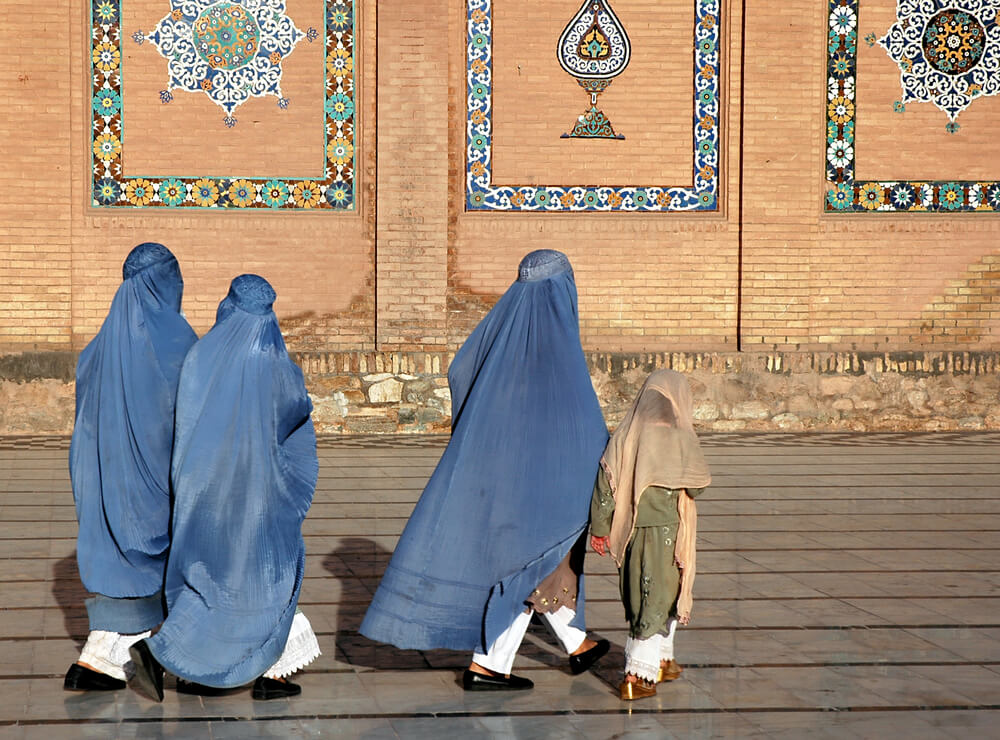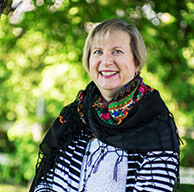The Taliban’s draconian measure of requiring face coverings is the latest step in an ongoing nightmare for the women and girls of Afghanistan.
Since the Taliban reasserted control over the country last August, women and girls have seen their access to education cut off, had their mobility restricted and been excluded from political life. Women have lost their jobs. Domestic violence has increased exponentially. Activists who speak out have been arrested and tortured.
And it is not just women who have been attacked. Hazaras and members of sexual minorities have also suffered violence at the hands of Taliban militants. Many are in hiding or have fled the country.
This is all happening as the country faces drastic economic, security and humanitarian challenges. The latest reports are that 97 percent of Afghans are facing food shortages.
There is something particularly nefarious in the latest decree.
Male guardians are now responsible for ensuring that their female relatives are covered, removing even more autonomy and dignity from women. Women have been told to stay home. Their participation in public life is now completely off limits.
The impact of the ongoing assaults on the rights and security of women is dramatic. Thousands have fled the country and thousands more are looking for a way out. Reports of suicides are rising. Depression is widespread.
Yet there are brave Afghan activists who speak out. Some are still in Kabul. Others from countries around the world where they have found temporary asylum.
Women in Afghanistan have organized protests and media conferences. In Kabul, one women’s shelter has managed to keep its doors open. Prior to August of last year, more than 30 were operational.
The Afghan Women’s Advocacy Group has issued a statement calling on the Taliban to focus on the urgent problems facing the country rather than focusing on women’s clothing. They also pushed for a face-to-face meeting between representatives of women’s organizations and Taliban officials.
Yet Canadian organizations cannot flow money to women’s rights organizations in Afghanistan to support their brave and courageous work given our current domestic legislation. Humanitarian organizations have raised concerns about the impact of Canada’s sanction and counter terrorism frameworks, prohibiting operations in Afghanistan.
Questions also continue to be raised regarding the speed and effectiveness of Canadian efforts to provide asylum to Afghans at risk, including women human rights defenders and activists. Canada has pledged to accept 40,000 Afghans, but after nine months, only 12,605 have arrived. While Canadian headlines have been dominated by the plight of interpreters who supported Canada’s military mission, we estimate that thousands of women activists still await news on the status of their applications.
The Government of Canada has expressed concern over this latest edict. Foreign Affairs Minister Melanie Joly tweeted: “The human rights of women and girls in Afghanistan must be preserved and we will continue to judge the Taliban not by their words, but by their actions.”
Actions are precisely what the women and girls of Afghanistan need from the Government of Canada and other countries right now.
In a recent submission to the House of Commons Special Committee on Afghanistan, the Equality Fund called for the Government of Canada to take a series of immediate steps and report clearly on progress. This includes facilitating the evacuation, travel and resettlement in Canada of Afghans at risk.
We hear constantly from women’s rights activists and women human rights defenders attempting to find asylum. They face expiring visas, no means of economic support and declining hope. Canada must move quickly to cut through bureaucracy, grant asylum and make public how many women rights defenders have been resettled in Canada.
Second, frontline organizations need our support. The Government of Canada must provide and direct resources to women-led and LGBTQI+ organizations operating in Afghanistan and to Afghan women participating in discussions on the future of Afghanistan outside of the country. This means immediate resources for organizations addressing gender-based violence and delivering critical services. And longer-term support for efforts to shore up women’s economic survival, girls’ education and healthcare.
The government must also ensure that Canadian humanitarian organizations and those supporting human rights, especially the rights of women and girls, can operate in Afghanistan. Current legislative restrictions on humanitarian assistance to Afghanistan must be revised.
Finally, Canada should work with other governments and multilateral organizations to make sure that humanitarian aid reaches those who fall through the cracks, including women, LGBTQI+ people and girls. This includes ensuring that humanitarian organizations can employ women — an essential measure in ensuring aid reaches women-headed households and moves to the most vulnerable. Humanitarian assistance must also include attention to sexual and gender-based violence, as well as reproductive healthcare.
The crisis in Afghanistan is a litmus test of Canada’s ability and determination to turn its words into action. Women’s rights activists in Afghanistan listened to Canadian officials when we urged them to step up and claim their rights. They moved in brave and courageous ways — both before August 2021 and after. We are now called to be equally brave and courageous in our support of them.
Photo courtesy of DepositPhoto





